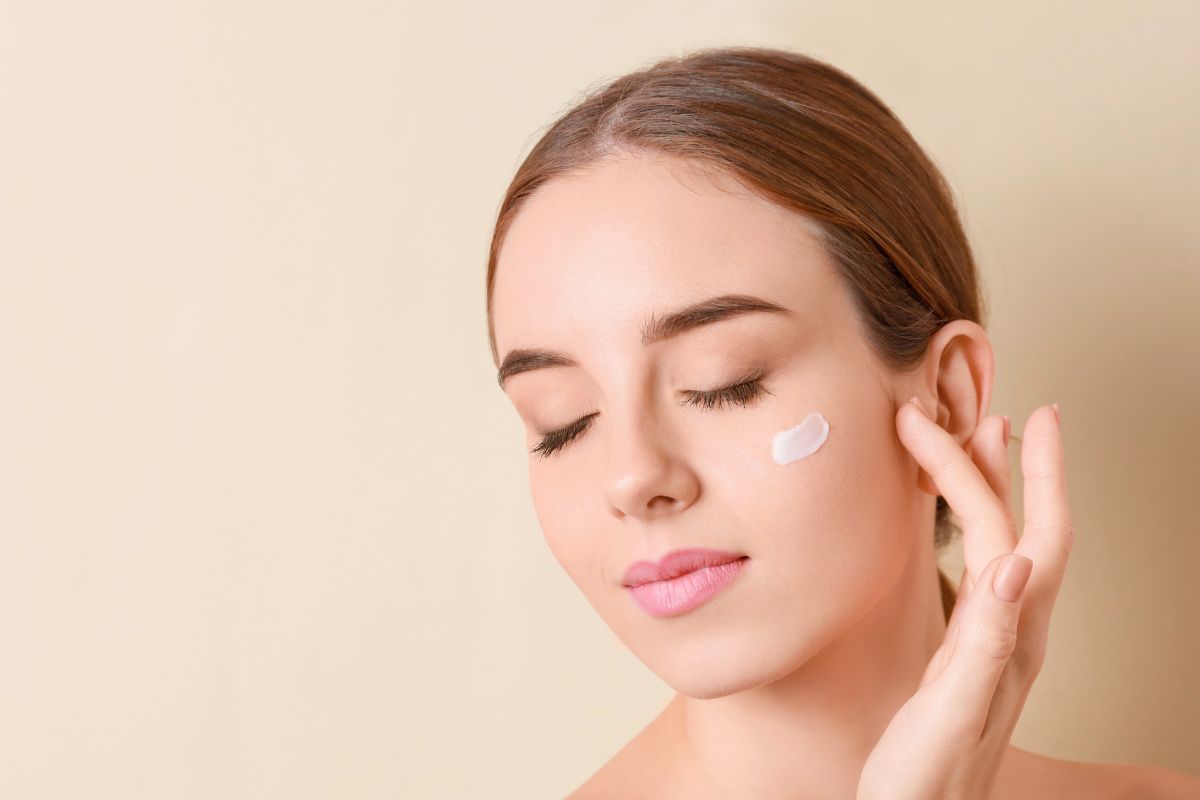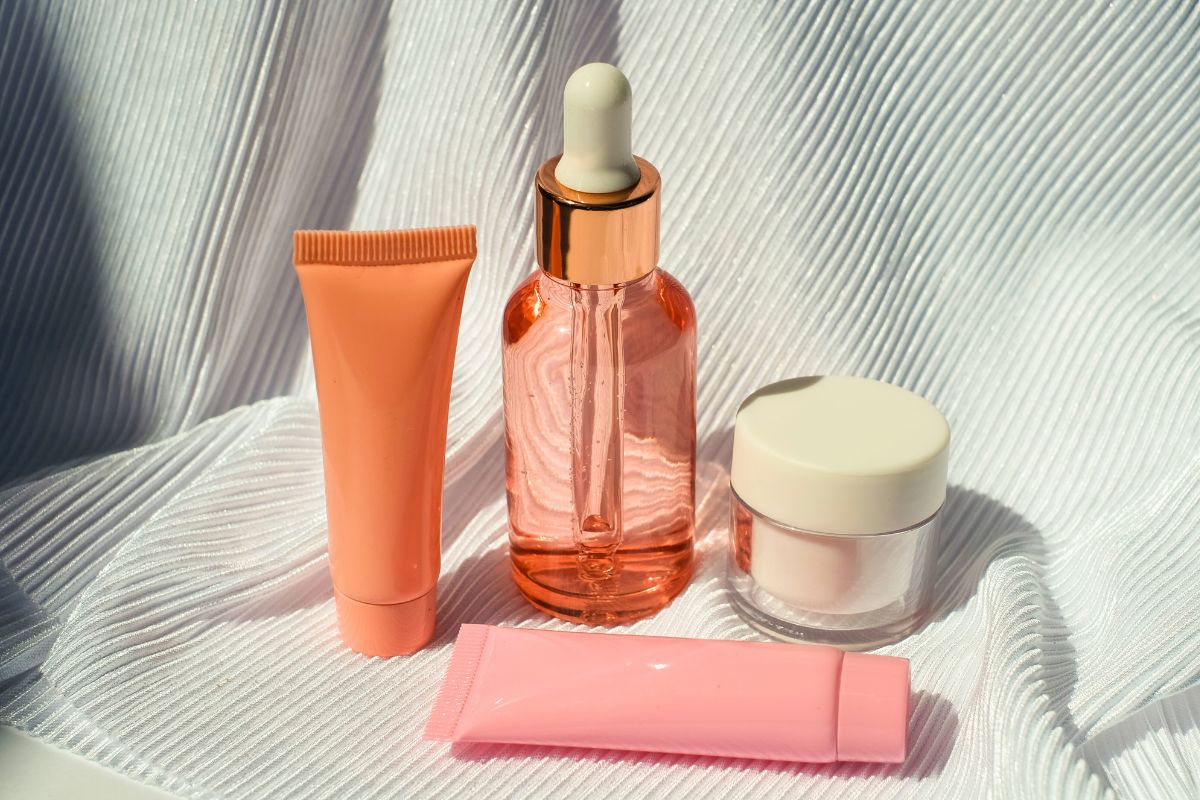How To Get Rid Of Milia: Expert Tips For Clearer Skin
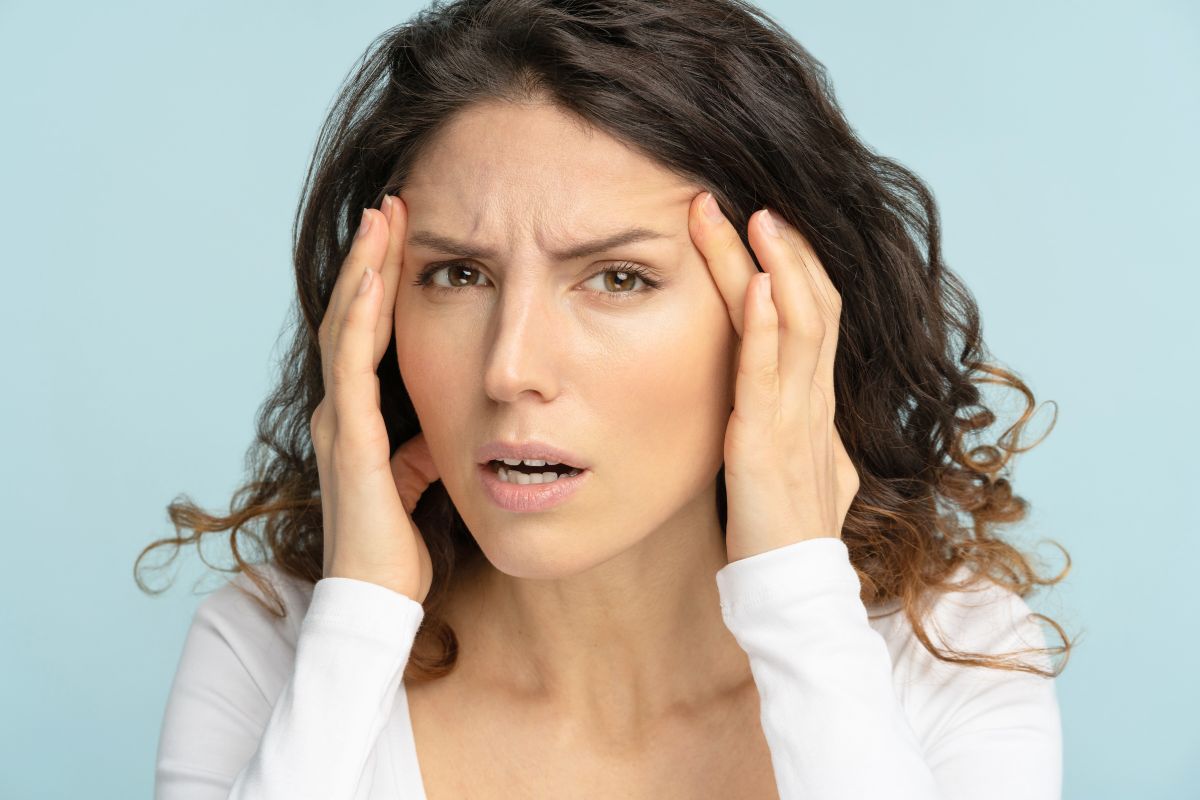
Published August 7, 2025
Frustrated by those small white or yellow bumps on your face that just won’t go away? These persistent spots, known as milia, are harmless but notoriously difficult to get rid of. If you’ve been searching for answers on how to get rid of milia, the right approach can make all the difference.
If you’re dealing with milia or looking to prevent them, this article provides expert tips to help you achieve smoother, healthier skin.
What Are Milia?
Milia are tiny, firm bumps that appear just beneath the skin, typically white or yellowish in color. They form when keratin, a protein naturally present in skin cells, becomes trapped beneath the skin’s surface. Often clustered together, milia are most commonly found around the eyes, cheeks, and nose. While harmless and painless, their appearance can be a cosmetic concern for some individuals.
Causes And Risk Factors
Milia can affect anyone, but are typically divided into two categories:
- Primary milia form when keratin becomes naturally trapped beneath the skin. This type is especially common in newborns.
- Secondary milia form as a result of skin damage, including burns, blistering rashes, or prolonged sun exposure. They can also occur after using heavy creams or pore-clogging products.
Additional risk factors include poor skin exfoliation. Frequent use of heavy skincare products can also contribute. Certain medical conditions that affect skin cell turnover may play a role as well.

Why Milia Don’t React To Typical Acne Treatments
Milia are small bumps often mistaken for acne or whiteheads, but they’re different. Knowing what causes milia and why acne treatments don’t work is key to treating them.
Milia Vs. Whiteheads And Acne
Milia are often mistaken for acne or whiteheads, but they’re fundamentally different. Acne is caused by clogged oil glands and often includes inflammation or pus. Milia, however, form deeper in the skin. This makes common acne treatments like benzoyl peroxide is ineffective for milia. Knowing this difference is key to addressing the condition appropriately.
Why Benzoyl Peroxide Doesn’t Work For Milia
Benzoyl peroxide is effective for treating acne by targeting bacteria and reducing excess oil. However, it has no impact on milia, as these tiny bumps are not caused by bacteria or oil. They can irritate the skin without solving the issue.
Expert-Approved Methods To Get Rid Of Milia Safely
Milia can be stubborn. While harmless, removing them safely is key to avoiding irritation or scarring. Here’s a guide to expert-approved methods for gently and efficiently treating milia.
Avoid Picking Or Squeezing
Avoid the urge to squeeze or pick on milia. This may lead to a higher risk of scarring, infection, or even aggravating the bumps. Milia form deeper under the skin compared to pimples. Trying to remove them without proper tools can do more harm than good.
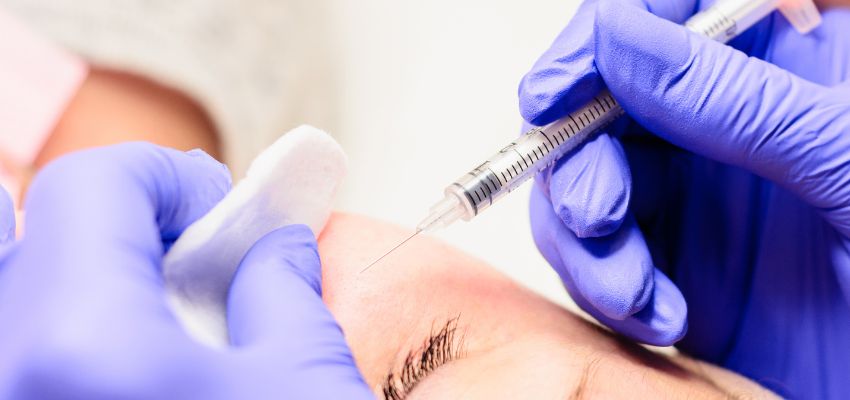
Gentle Chemical Exfoliation
Using gentle chemical exfoliants, such as those with lactic acid, glycolic acid, and salicylic acid, boosts cell turnover and helps address trapped keratin over time. Go for products formulated for sensitive skin or designed specifically for daily exfoliation. These components work to remove dead skin cells and improve skin texture over time.
Cleansing And Steaming
Start your skincare routine with a daily non-comedogenic, enzyme-based cleanser containing ingredients like papaya or pineapple enzymes. Check labels that state ‘enzyme-based’ and ‘non-comedogenic’ to prevent buildup.
When adding warm steam, such as from a shower or steamy washcloth, ensure the process is gentle and suitable for your skin type. Finish with a gentle rinse to clear away any loosened debris and leave your skin refreshed.
Professional Treatments
If home remedies prove ineffective, visiting a dermatologist is a wise next step. Dermatologists can safely remove milia using sterile tools. They may also use methods like cryotherapy, laser ablation, or chemical peels. These professional methods are particularly suited for stubborn or widespread cases. Avoid attempting surgical removal at home; such procedures should be done by trained medical experts.
Preventive Tips To Keep Milia From Returning
- Maintain a balanced skincare routine. Follow a balanced skincare routine to help prevent milia. Cleanse thoroughly, exfoliate gently 1-2 times per week, and choose lightweight, non-comedogenic moisturizers. Avoid heavy creams that can trap keratin beneath the surface.
- Use sunscreen daily. Apply broad-spectrum sunscreen (SPF 30+) daily to help prevent sun-induced milia.
- Opt for oil-free, non-comedogenic products. Choose oil-free, non-comedogenic skincare and makeup, especially for sensitive or under-eye areas.
Frequently Asked Questions
Can milia disappear on their own?
In newborns, milia typically clear up on their own within a few weeks. For adults, however, these small bumps can linger for months or even years without proper care. Regular exfoliation and a consistent skincare routine can help reduce their appearance over time.
Is it safe to remove milia at home?
Though it might be tempting to remove milia yourself, doing so is not advisable. Picking at them can cause irritation, infection, or even permanent scarring. Instead, focus on gentle exfoliation or consult a dermatologist for professional and safe removal.
How long does it take for milia to clear with treatment?
The time it takes to see results depends on the treatment method. Home remedies, such as regular exfoliation, may require several weeks to a few months for noticeable improvement. On the other hand, professional treatments typically deliver faster and more immediate results.
Is it safe to use retinoids or acids near the under-eye area?
Avoid applying retinoids or acids to the under-eye area. This skin is delicate and easily irritated. Instead, concentrate on using these products in the surrounding areas. This approach can help improve skin texture gradually without risking damage to the under-eye region.
When should I consult a dermatologist if nothing else works?
If milia persist despite a dedicated skincare routine or occur frequently, it’s wise to consult a dermatologist. They can identify the cause and propose treatments tailored to your skin’s needs.
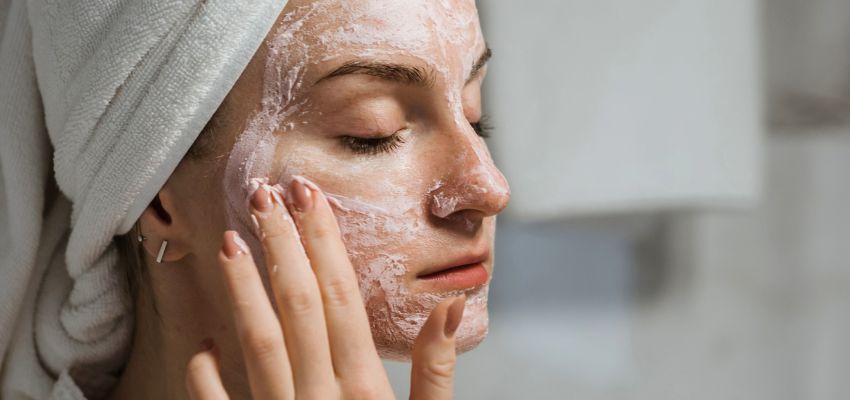
Say Goodbye To Milia—Your Journey To Clearer Skin Starts Here
Milia may be small, but understanding how to get rid of them requires care and patience. Following expert advice—like not picking at them and using a good skincare routine—can help manage and prevent these bumps. If at-home efforts aren’t working, professional treatments are a great option. Your skin deserves the best care, so follow the right steps on how to get rid of milia and keep your complexion healthy, glowing, and blemish-free.
Ready to take the next step toward clearer, smoother skin? If stubborn milia won’t go away, trust the experts at Salon Suites of Wellington for safe, professional treatments.
Rent Salon Space In Wellington Florida
Rent salon space in Wellington with us. Whether you’re a hairstylist, nail technician, or any other beauty professional, we provide the ideal environment to help your business thrive. Our Wellington salon suites offer a wide range of benefits, including complimentary cleaning services, flexible lease terms, and a welcoming atmosphere designed to make your clients feel at home. Elevate your career and build your brand by leasing salon space in Wellington.

About The Author
Meet Rei Bayucca, a professional writer and passionate expert in all things related to beauty. Every article is purposely designed to assist you in tackling your most challenging dilemmas. Rei’s knack for creating engaging content is guaranteed to ignite your curiosity.

